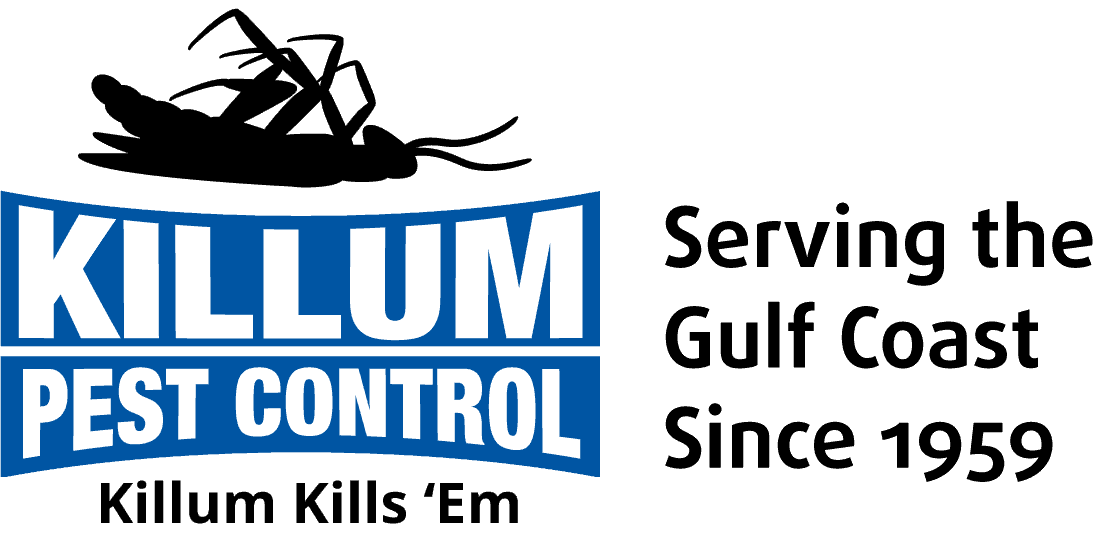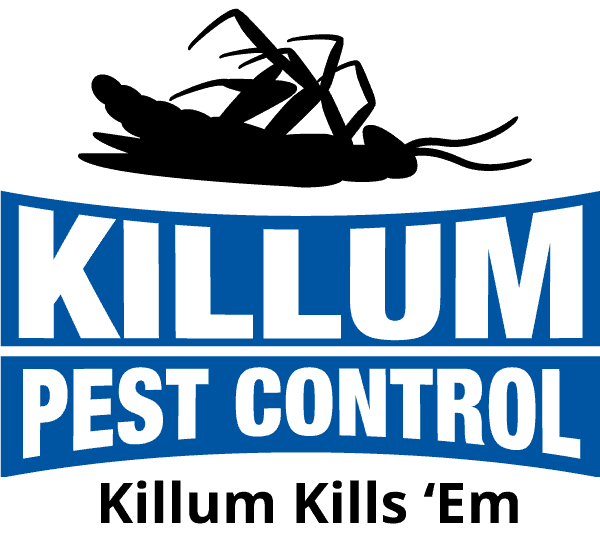Bird Information, Prevention & Treatment
Introduction
The general public affection toward birds translates into a serious underestimation of the health risks associated with pest birds. People who would never tolerate a colony of rats living in their attic will turn a blind eye towards pigeons entrenched in the rafters of their roof. Yet, in terms of disease and damage, the two pests can be quite similar. In order to better understand how some pest birds (or rats for that matter) spread disease we need to understand the basics of disease and transmission.
What is a Disease
When normal body functions become disrupted due to a foreign invader or an internal malfunction, we call the disruption a disease. Diseases caused by foreign invaders are called infectious diseases. The invading agents that account for the majority of infectious diseases are grouped in the following five categories; viruses, bacteria, mycotic (fungal), protozoal and reckettsial. From a layman’s standpoint, the classification and definitions of disease are less important than how these diseases spread and how can we protect ourselves from them. Diseases need to be transported from place to place in order to spread. Birds are a perfect mechanism for spreading disease because they travel great distances, harbor over forty types of parasites and can host internally over sixty types of infectious diseases.
Fortunately, human interaction with most bird species is minimal, thus drastically reducing any health threat from most birds. However a few bird species have successfully adapted to our urban environment. The pigeon, starling and house sparrow have learned to thrive living in our buildings and eating our food. Their adaptation to our communities has brought them in close proximity with humans. These three non-native birds often conflict with humans in our cities and suburbs as well as potentially posing a health risk.
How Pest Birds Harbor and Spread Disease
The five types of infectious agents listed above can be associated with birds in the following ways: 1) the disease lives in the bird and is passed on when the bird defecates; 2) the disease lives in the bird’s surrounding environment such as nesting materials or droppings and is spread by the bird’s lifestyle; and 3) the disease lives inside a parasite that the bird harbors. From understanding how the bird harbors diseases we can demonstrate the four ways the diseases are passed by the bird to humans.
Food & Water Contaminated with Feces
The most obvious example is when a diseased bird directly defecates into a human food or water source. In the summer of 1993, New York faced a health crisis when several hundred people came down with a mysterious ailment. The illness was traced to sea gull droppings in an old city reservoir. Health inspectors are often quick to shut down a food processing plant if birds are found inside. Besides direct contamination, airborne spores from drying feces in air ducts and vents can settle on exposed food and transfer disease. Several thousand cases of food poisoning (Salmonella) every year may be attributed to this disease transmission route.
Inhalation of Fecal Dust
As bird feces dry and/or the contaminated soil it rests on, dries or is disturbed, microscopic pieces break off and become airborne. These airborne particles can contain dormant fungi and/or bacteria. When breathed into the lungs, the warm, moist environment of the lung lining provides a breeding ground for the infectious agents. Common symptoms of this type of infection are flue like in nature; coughing, elevated temperature, restricted breathing and general body fatigue and last roughly two to four days. The vast majority of the time, the body’s defenses will contain the invaders even before minor symptoms appear, but in a small percentage of cases, major infection causing long term disability and even death. It is important to note that there is no known medical cure for internal fungal infections. One example of this was after the Northridge earthquake, when several thousand people came down with flu like respiratory symptoms. The ailment was called Valley Fever and was caused by people breathing in dust and airborne debris filled with histoplasmosis spores and related fungal agents stirred up the by the earthquake.
Direct Contact with Feces
Infection occurs when a worker or resident gets fecal dust or droppings in an open wound or cut. This most commonly occurs when handling old razor wire products covered with bird feces. The wound site becomes red, puffy and pus-filled. Antibiotics are often needed to cure the infection. In some rare cases, infection of the blood (Septis) or internal infection can also occur causing serious illness or death. Proper attire and care must always be used when cleaning a bird site or installing bird control products. If a cut or injury occurs, thoroughly wash and disinfect the wound and cover with a sterile bandage to minimize risk of infection.
Associated Parasites
Pest birds harbor ticks, fleas, mites and other ectoparasites. Parasites transfer disease in the following manner. The parasite bites an infected animal and suck in blood containing the germ. When the bug bites its next victim it passes along the germ to the new victim. This occurs because parasites inject some of their saliva into the host when feeding. Over forty types of parasites often live either on the birds, their nests or in the places the roost. They are responsible for the transmission of several hundred viral and bacterial agents. These diseases include plague, encephalitis, pox and meningitis. Control of these parasites is a crucial phase of the bird control project. Paradoxically, this threat can be aggravated when bird control products are installed. When birds are excluded from a site, the parasites must b exterminated by thoroughly cleaning the site with a hospital-grade disinfectant, otherwise the mites, fleas, ticks, etc., will seek a new host – often the human inhabitants. Therefore, a proper bird control project will always include parasite extermination.
How to Handle Pest Bird Problems From a Health Perspective
Using our understanding of how nuisance birds play a role in disease transmission, we can develop a few guidelines when dealing with bird infestations. First and foremost, bird infestations are to be taken seriously, but not irrationally. When evaluating a health risk potential, look for the following: droppings or nesting materials inside air vents, birds around food or beverage production facilities, or large amounts of droppings in enclosed areas. These are the types of situations where disease can be spread. Remember, pigeons walking around your park bench is not necessarily cause for panic, but twenty birds living in the roof top air ducts of a restaurant could pose a serious health concern requiring action. Second, pest control professionals and other installers must take the proper precautions when tackling bird control projects. Respirators, goggles and protective clothing must be used when cleaning up bird sites, particularly enclosed areas out of the sun with large amounts of droppings and nesting material. Finally, it is not enough to remove the birds. It is crucial to exterminate all the ectoparasites and thoroughly disinfect the site.
Diseases Associated with Pest Birds
Bacterial
Paratyphoid
Vibriosis
Salmonella
Listeriosis
Pasteurellosis
Fungal
Histoplasmosis
Candidiasis
Sarcosporidiosias
Blastomycosis
Viral
Encephalitis
Meningitis
Newcastle Disease
St. Louis Encephalitis
Prozoal
Toxoplasmosis
Trichomoniasis
American Trypansomiasis
Rickettsial
Rickets
Exclusion Treatment









